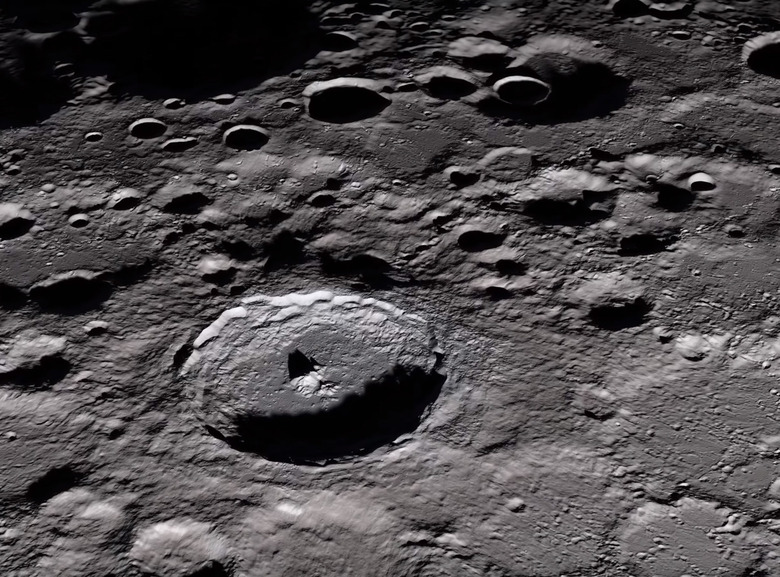Blue Origin Is Going To Add Fake Gravity To Its Spacecraft
Here on the surface of Earth our options to alter gravity are limited. Well, not even "limited," really, they're pretty much nonexistent. In space, things change a bit, and we know the basic principles of generating artificial gravity (you have to spin something big and then stand on the inside of it, basically), but there aren't any spacecraft that are capable of actually doing that yet.
That could change soon, as NASA just announced a new partnership between itself and Blue Origin — the space startup founded by Amazon's Jeff Bezos — to outfit the company's New Shepard spacecraft with capabilities that would allow it to simulate the gravity one would feel on the surface of the Moon. The company plans to accomplish this by using its control systems to produce a rotation of the capsule at a speed that approximates the gravitational pull of the Moon.
The idea here is to be able to test various technologies in a simulated lunar environment. With NASA fully intending to send humans back to the Moon in the next half-decade or so, they'll be bringing a lot of tools with them on the trip, and those instruments and systems have to work perfectly in the gravity of the Moon. At roughly one-sixth that of Earth, the gravitational pull is significantly weaker, which can pose a challenge when designing systems to work under Earth's gravity.
The options to simulate weaker gravity are slim. NASA used to use high-speed planes that traveled in a parabolic arc, flying to a high altitude and then flying back down again at an extreme angle. The gravity experienced inside the aircraft would decrease to near zero during the descent, but it only lasted seconds before the plane had to pull up to avoid a collision with the ground. That's not enough time to test anything, so NASA needs something else. Blue Origin's New Shepard may be it.
"New Shepard's upgrades will allow the vehicle to use its reaction control system to impart a rotation on the capsule," NASA explains. "As a result, the entire capsule essentially acts as a large centrifuge to create artificial gravity environments for the payloads inside. Blue Origin's first flight of this capability will target 11 rotations per minute to provide more than two minutes of continuous lunar gravity, exposing the technologies to this challenging but difficult-to-test condition."
Perhaps the most surprising thing about this agreement between NASA and Blue Origin is the speed at which the company plans to have its spacecraft ready for NASA's lunar gravity needs. According to the press release, the testing capabilities will be ready by late 2022, which is right around the corner. Let's all keep our fingers crossed that Blue Origin can deliver on its promise and that NASA soon has what it needs to test tech bound for the surface of the Moon.
